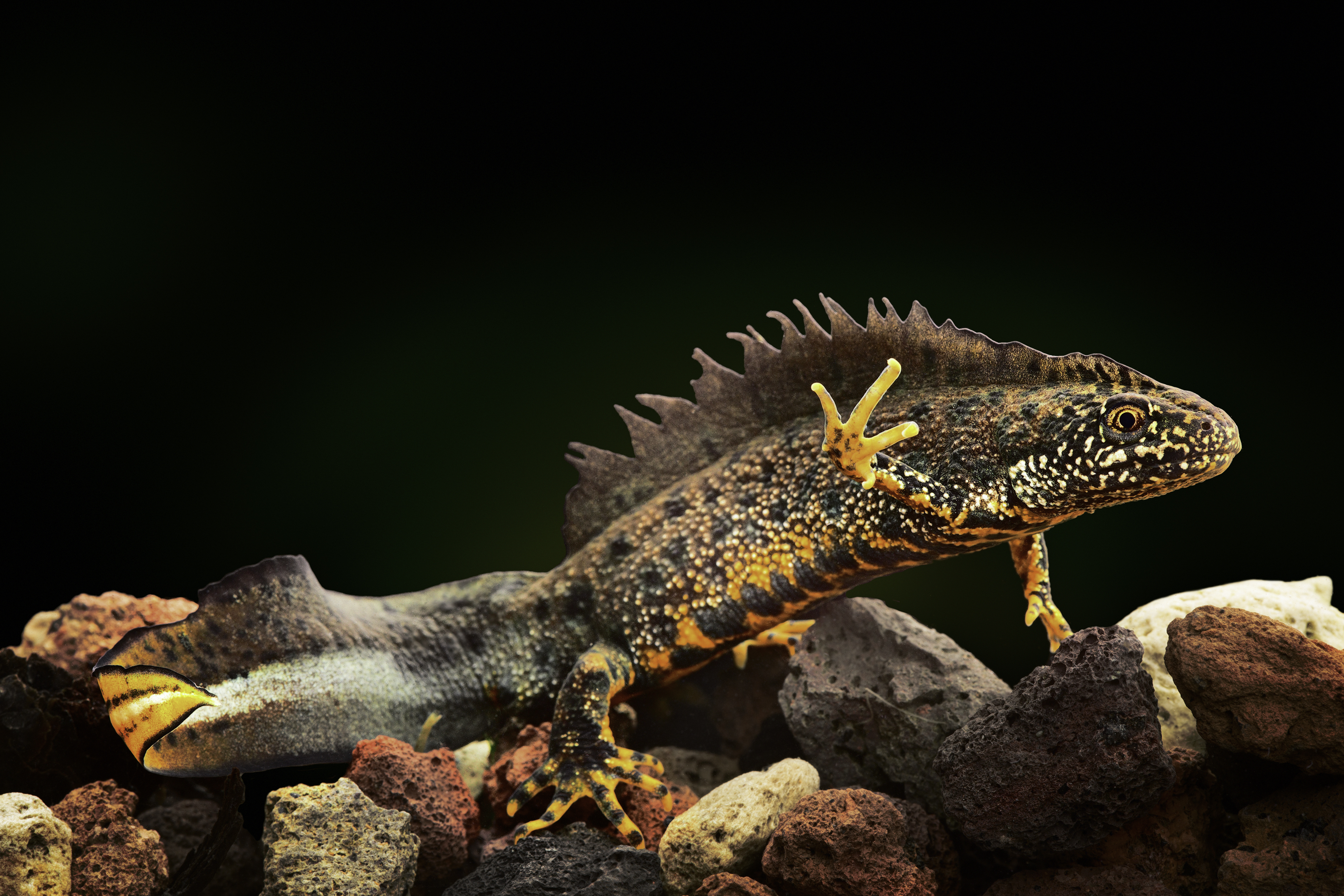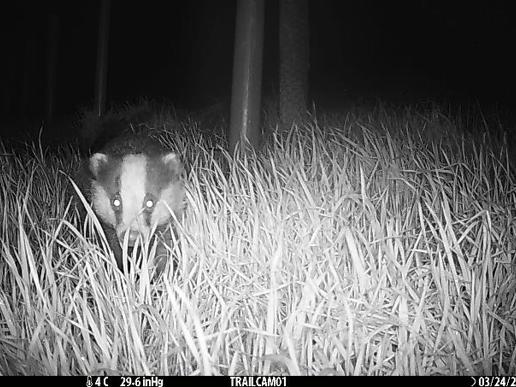For those who are newt to it...

Laws are in place to protect the Great Crested Newt (GCN) under the 'Conservation of Habitats and Species Regulations 2017 (as amended)' and the 'Wildlife and Countryside Act 1981 (as amended)'. This means it is a criminal offence to:
- deliberately capture, kill, disturb, or injure GCN;
- damage or destroy a breeding or resting place;
- deliberately or carelessly obstruct access to their resting or sheltering place;
- possess, sell, control or transport live or dead GCN, or parts of them; and
- take GCN eggs.
Anyone found guilty of an offence may be subject to an unlimited fine and up to 6 months in prison for each offence. Therefore, GCN must be considered as part of project planning.
Samuel Atkinson, Assistant Ecologist, explains more for those who are newt to the topic.
Why do we protect the Great Crested Newt (Triturus cristatus)?
GCN have been in serious decline over the past century across Britain and mainland Europe, primarily due to habitat loss, degradation, and fragmentation. For example, the UK has lost approximately 50% of all ponds in the last century, and 80% of the UK's remaining ponds are of poor quality due to intensive land management, pollution, and the effects of climate change.
What are the characteristics of the Great Crested Newt?
As the largest of the three newt species native to the UK, GCN can grow to around 17cm and may live for up to 17 years!
GCN are noticeable by their bumpy or ‘warty’ skin, which appears brown or black in colour, their underbelly is bright orange interspersed with irregular black blotches. During breeding season, the males have a distinctive jagged crest running along their back, which drops off into a smooth crest along the tail, their tail also possesses an iridescent silver-white streak. Female GCN are also black or brown in colouration with an orange underside intersperse with dark sports, however, female GCN lack the distinctive crest.

GCN occur across England, Wales, and some parts of Scotland and can be found in both aquatic habitats, such as ponds with suitable vegetation for egg laying, and terrestrial habitats such as grassland, woodland, hedgerows, and deadwood which they use for feeding, foraging, shelter, and hibernation.
They spend autumn and winter within terrestrial habitat often seeking underground crevices or above-ground refuges for shelter (Froglife). In around mid-March, the males arrive at pond breeding sites shortly before the females.
GCN establish ‘meta-population’ and migrates to and occupies several ponds within a landscape, connected by suitable terrestrial habitat. Therefore, connectivity between occupied ponds is vital to maintaining sustainable GCN populations.
Our work Great Crested Newts?
Our qualified ecologists can assess if a project may negatively impact GCN, and advise on the avoidance measures and mitigation requirements, including licencing.
Using the latest good practice guidelines, we can conduct GCN surveys under professional survey licences. Our services relating to GCN include:
- Habitat Suitability Index (HSI) assessments to determine the suitability of waterbodies in supporting GCN. HSI assessments can be conducted year-round but are best carried out during the optimal period (mid-March to July).
- Environmental DNA (eDNA) surveys are completed between mid-April and late June to detect GCN presence through the collection of water samples which are then analysed in the lab.
- GCN presence and absence and population size class assessment during the optimal period (mid-March to mid-June) established techniques are used to survey such as bottle trapping, torching, egg searching, refugia checks or netting area to establish GCN presence or likely absence. If GCN are present a population size class is determined.
Results of our surveys, requirements, and recommendations about your project are detailed within a comprehensive technical report.
We can also support the application process for obtaining mitigation licences from Natural England where required.
Mitigation and Monitoring
Where project works are likely to negatively impact a GCN, ecologists at Ground Control can advise on the required approach and provide solutions for mitigating impacts to GCN through avoidance, mitigation or compensation measures. This may include input into project design and works programme, GCN translocation (trapping and relocating – on-site or off-site), habitat creation and enhancement, and ongoing management and monitoring.
The advice provided in this blog is an overview of GCN. For site-specific advice and enquiries, our ecology team and services are available.
See or suspect Great Crested Newts on your site?
Ecology Calendar

The restoration of Wetlands

National Badger Day at Wildfell





